The School of Joy (Ukraine)
Located on the left bank (east side of the Dnieper River) in Kyiv, Ukraine, the School of Joy takes a unique approach to schooling.
Students participate in regular classes in the morning, however there are scheduled breaks for 10 minutes between each lesson. This allows the students some time to run outside, have a snack, or just relax on a couch. The school is small, which means the classes only have between 10 and 15 students, but often the lessons are divided even further, with the class divided in half for two subjects before switching during the next period. .
However, the classroom is not what makes the School of Joy unique. What makes the school stand out is the focus on experiential learning and the opportunity for students to get out in nature, take regular field trips and make independent choices for activities that interest them.
First, being outside is a primary tenant of the school model. Whether it’s a trip to a park, a three-day trip to the mountains, or just playing in the schoolyard at the end of the day, the students are encouraged to enjoy the outdoors and learn to appreciate their environment.
During my time at the school, all students had the opportunity to going to the Carpathian Mountains for three days. This meant taking an overnight sleeper train, another couple hour drive to the site and then a couple days of hiking and exploring the mountains in the area. The weather for the first day was looking great, and it turned out to be perfect for a day of hiking. However, being October, the second day was calling for a significant drop in temperature and consistent rain. At one point before the trip, there was discussion about whether to continue with the trip given the cold weather and rain. However, since the school prides itself on appreciating nature and your surroundings, they took this as an opportunity to learn about wet weather preparation, fire making and shelter building. In the end, it did rain later in the afternoon and everyone got wet, but not after an enjoyable time spent cutting wood, preparing the fire and boiling water for tea. Getting wet was nothing a hot sauna couldn’t fix that evening.
Second, weekly field trips around Kyiv allow the teachers to expose students to new parts of their city, spend an afternoon walking through a park, or visiting a recycling centre to learn about how they can reduce their waste. These trips also often require transportation, but instead of rounding up parents to drive, the classes take public transportation, including the Metro and local busses. This was such a valuable chance for the kids to learn how to navigate the city, read maps and signs, and see how many people depend on these forms of transportation every day.
And finally, the after school program is a vital part of the school’s curriculum. Most students are at school until around 5:00pm, which gives them about two hours a day for selecting an activity of their choice. It could be outdoor games, cooking, art, inline skating, martial arts or even chess class. Each day is different, but the primary motivation is that the students get to pick what they want to do from a number of options. Even though the activities are not necessarily academically-focused, they give students exposure to new skills and lessons that they may not otherwise have the chance to learn at home.
In the beginning, the school was founded as an alternative to public education. Parents in the community felt that the large class sizes, lack of teacher support and rigid structure wasn’t working for their kids. They banded together to create a place of learning that respects the individuality of each student in a caring and supportive environment. It’s clear to see that the teachers are able to build better relationships with the students. They get to see their students in alternative settings, away from the school, and truly appreciate them for who they are, and not just for what they can do in the classroom.
If you enjoyed this story, please consider supporting future visits to innovative schools by making a small donation on Patreon. Every dollar helps keep the project running and once the monthly donations reach $250, 10% is given to the education programs I visit each month.





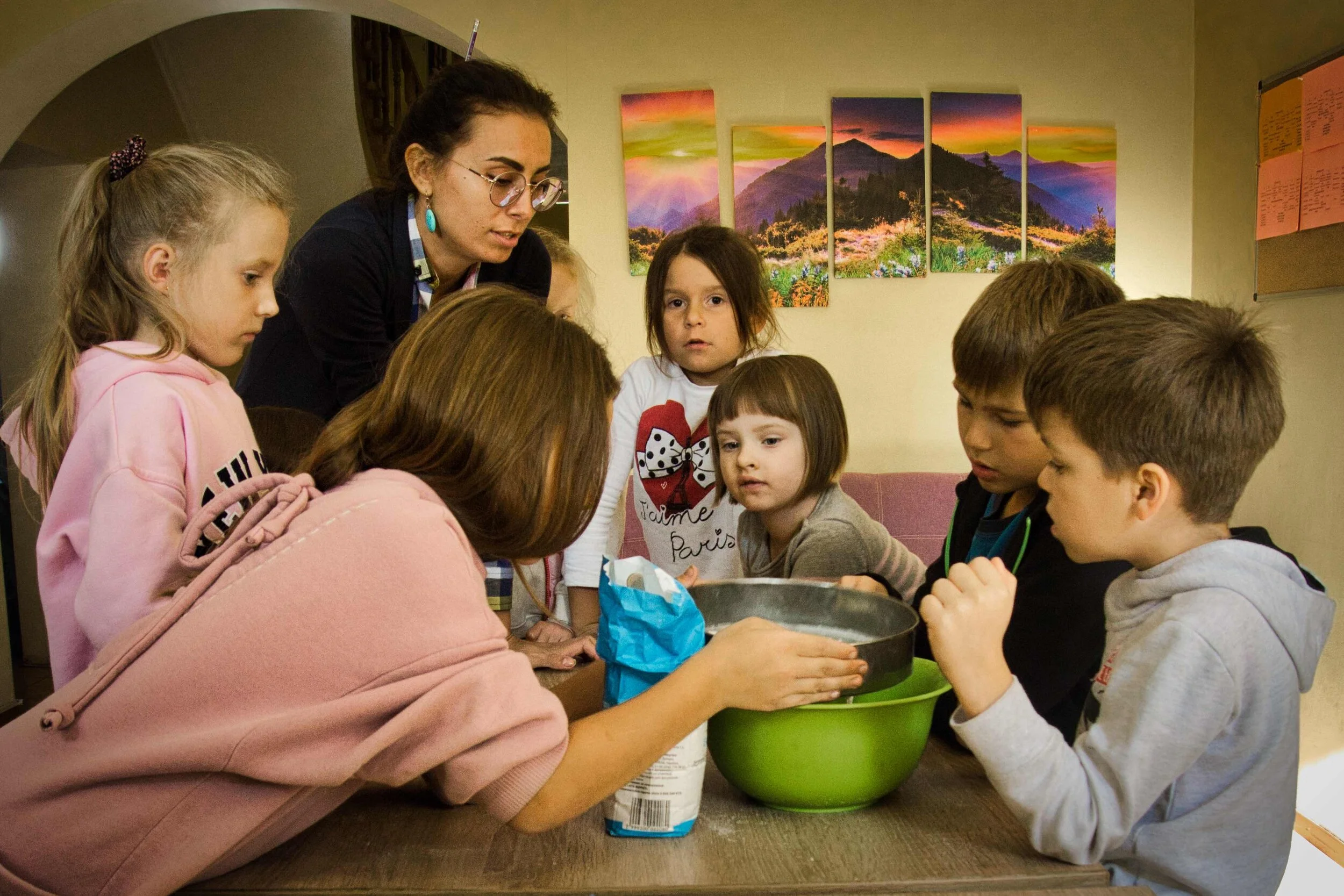

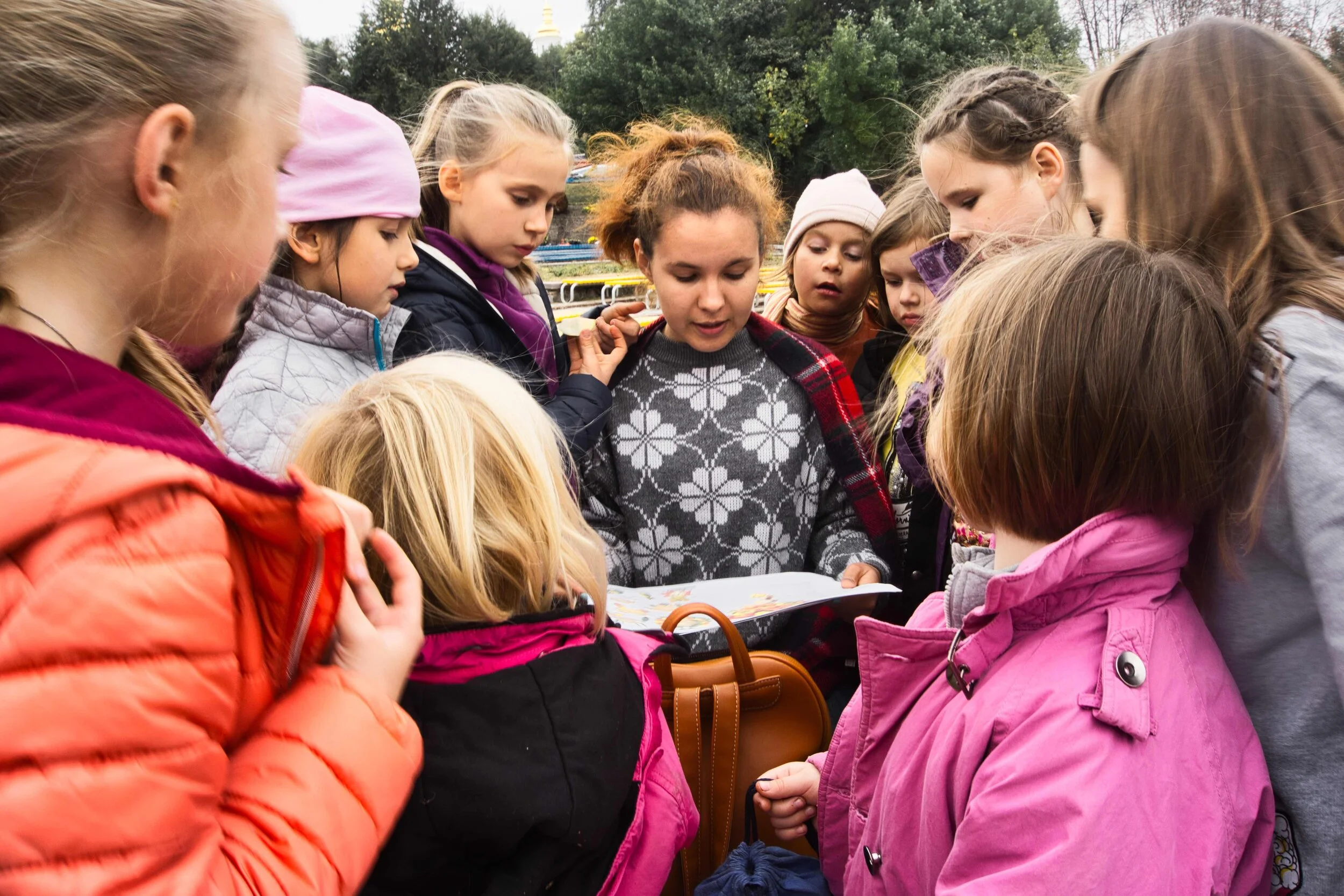
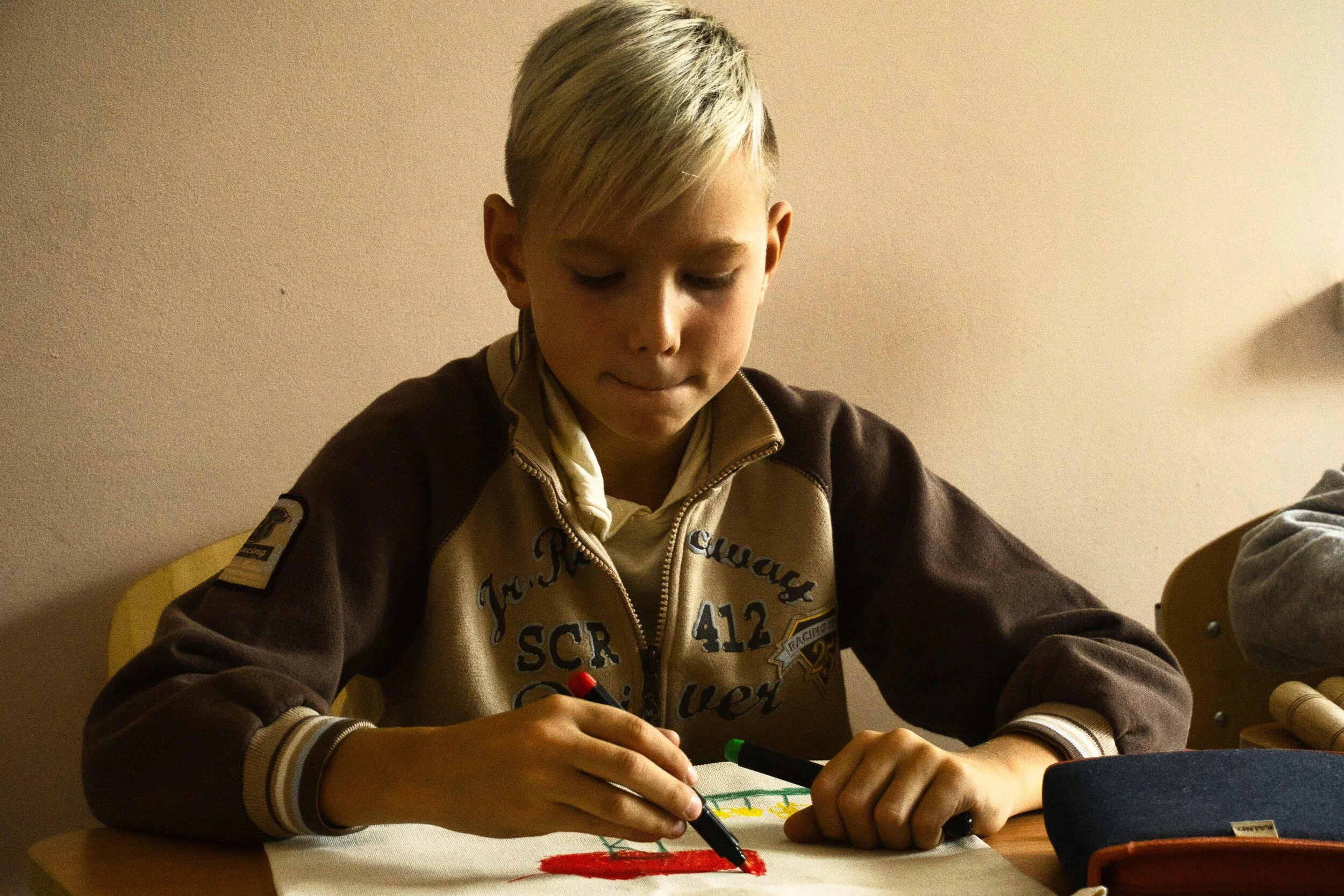
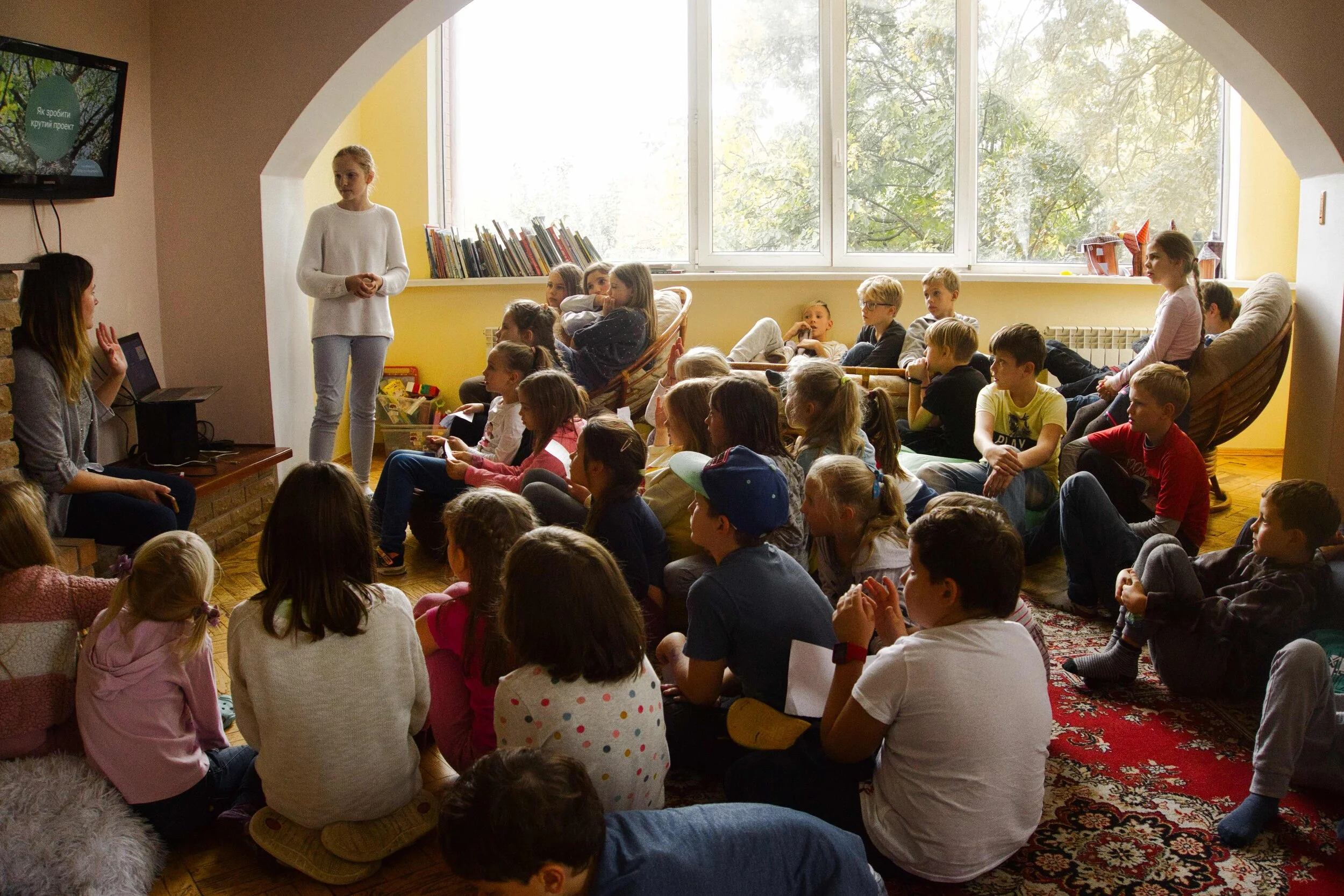
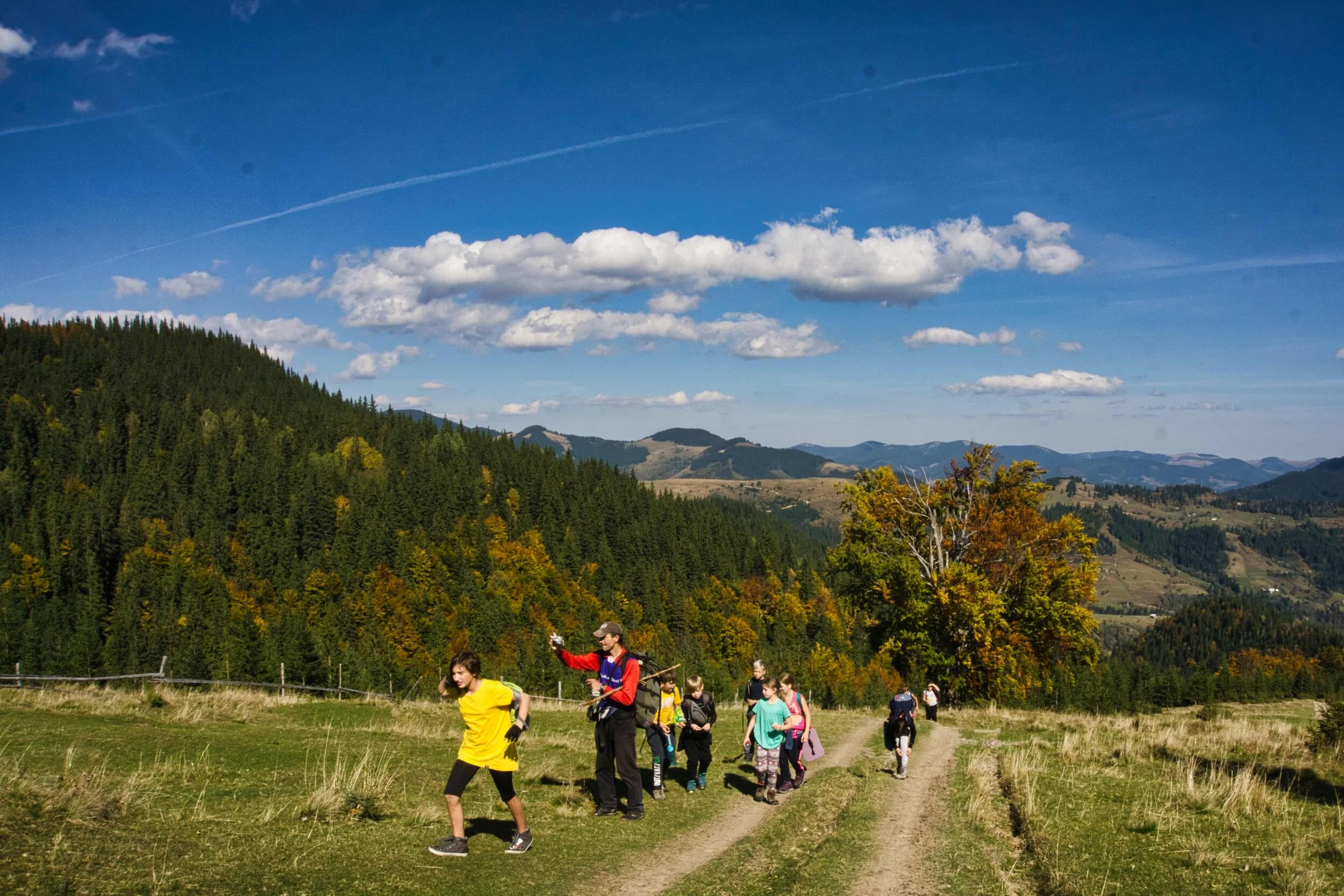
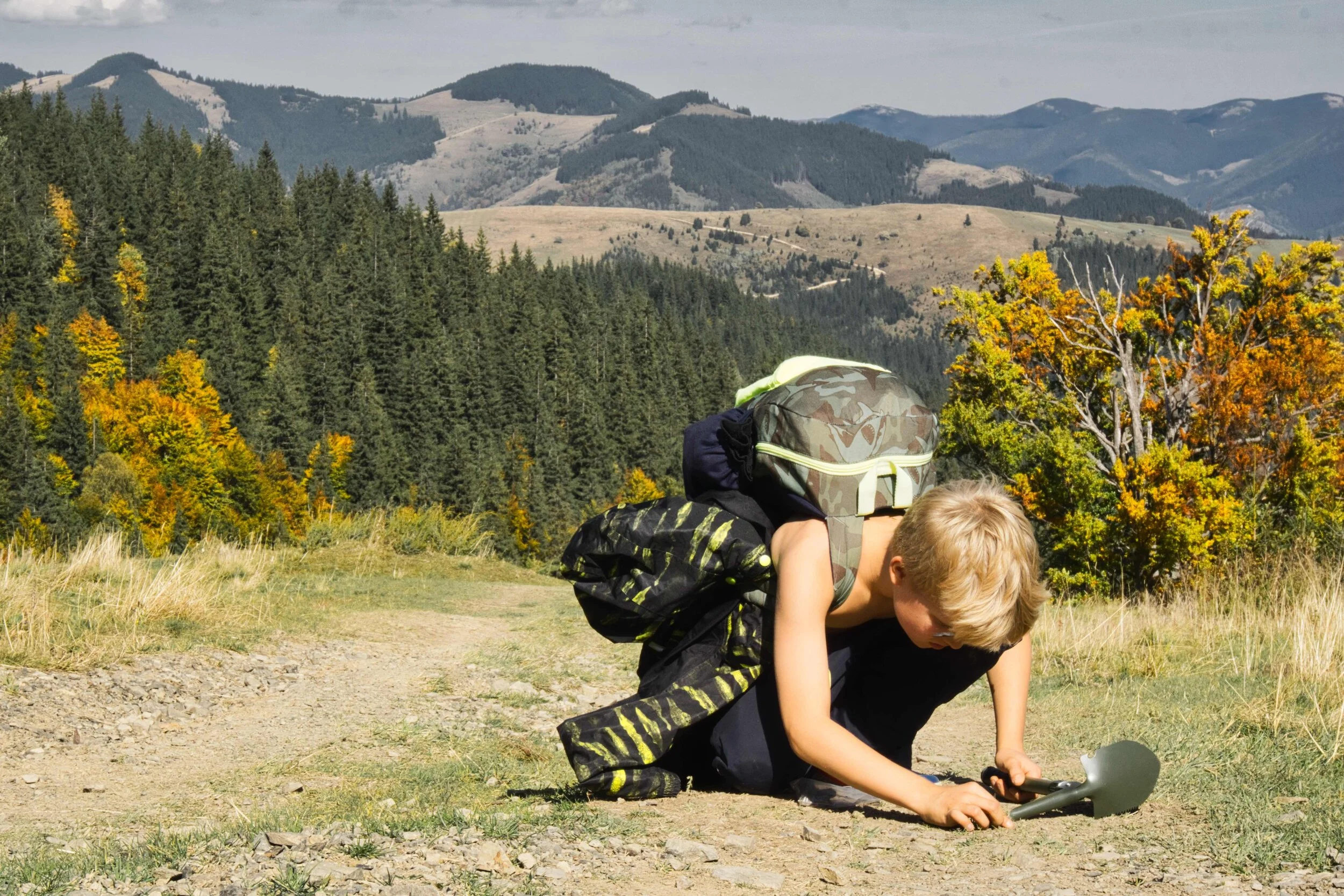





By Vincent
The biggest challenge that I’ve seen with young people is the lack of motivation. Most students go to school because they are told that they should. What do they want to achieve by going to school?